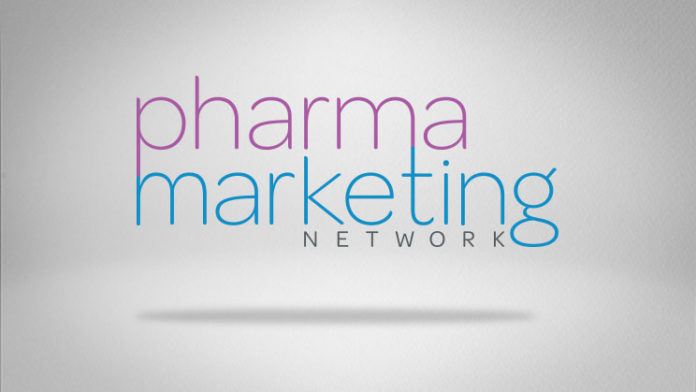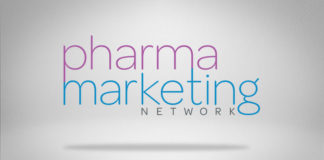Adherence, as defined in the Pharma Marketing Glossary, is “Percent of doses of a drug taken as prescribed for entire period of study (compliance + persistence).” In short, “sticking to the proper self-administration of treatment.” Lots of patients (perhaps as many as 50% according to the World Health Organization) — even patients taking life-saving medication — are not as “adherent” as they should be, which means that the treatment does not work as advertised and drug companies lose money. This has been discussed ad nauseum.
There have been many attempts by the drug industry to improve medication adherence, but it has made very little progress. “Things can only get better” says this article published by PMLive. How so?
The article suggests that “the answer could lay in understanding [patient] behaviours, engaging HCPs and… making medicine fun” [my emphasis]. ROFLOL! I’m going to ignore the “fun” reference for now and concentrate on the fact that this answer focuses the blame on pharma’s customers and ignores the elephant in the room.
While I hear a lot from pharma and their agencies (such as those mentioned in the article cited above) that “blame” lack of adherence on patient behavior – e.g., forgetfulness, lack of health literacy, etc. – and physician indifference – e.g., “not our problem” – I never hear them blame the product and/or how the product is promoted to consumers.
The elephant in the room is drug side effects and how pharma marketers communicate side effects to patients.
A whopping 93% of physicians, for example, feel that “worry about side effects” was a moderate or significant reason for non-adherence by patients (see insert below):
In fact, physicians claim that patients are getting hung up on the side effects reported on TV (see here), which is one reason the AMA and hospital pharmacists are calling for a ban on DTC advertising (see here).
On the other hand, a National Bureau of Economic Research study finds that “Advertising increases the take-up of drug treatments and improves compliance for existing patients. Expanded take-up of prescription drugs accounts for about 70% of the total effect of advertising, while increased use among existing patients accounts for the remaining 30%” (see here).
But patients also get information about drugs via digital media and from online patient communities and social media. The drug industry often claims that this information is often negative, yet it does very little online to counteract that, if it is even true.
Speaking of “truth,” it may be found in adverse event reports if only they were complete. The industry, for example, has been accused of being lax in reporting adverse events to the FDA (see insert below)
The drug industry is also notorious for avoiding “engaging” patients via social media mainly because it does not want to deal with adverse event reporting issues that may arise.
If 70% of lack of adherence is due to the product, then the drug industry needs to do something to improve the product. That’s something that technology can help with. The PMLive article, for example, raises the “prospect of implants being used to treat chronic conditions without the need for pills or injections.”
Another way to improve the product is through communications. TV ads do not do a good job of balancing side effects and benefits. The FDA, in fact, intends to study that problem (read “Do TV DTC Ads Overstate Rx Drug Risks?,” for example). Digital media, however, can do a better job… but with regards to pharma and digital, “Things have to get better.”









![6 Digital Tools at the Center of Healthcare Digitalization [INFOGRAPHIC]](http://ec2-54-175-84-28.compute-1.amazonaws.com/pharma-mkting.com/wp-content/uploads/2021/04/6DigitalTools_600px-100x70.jpg)




